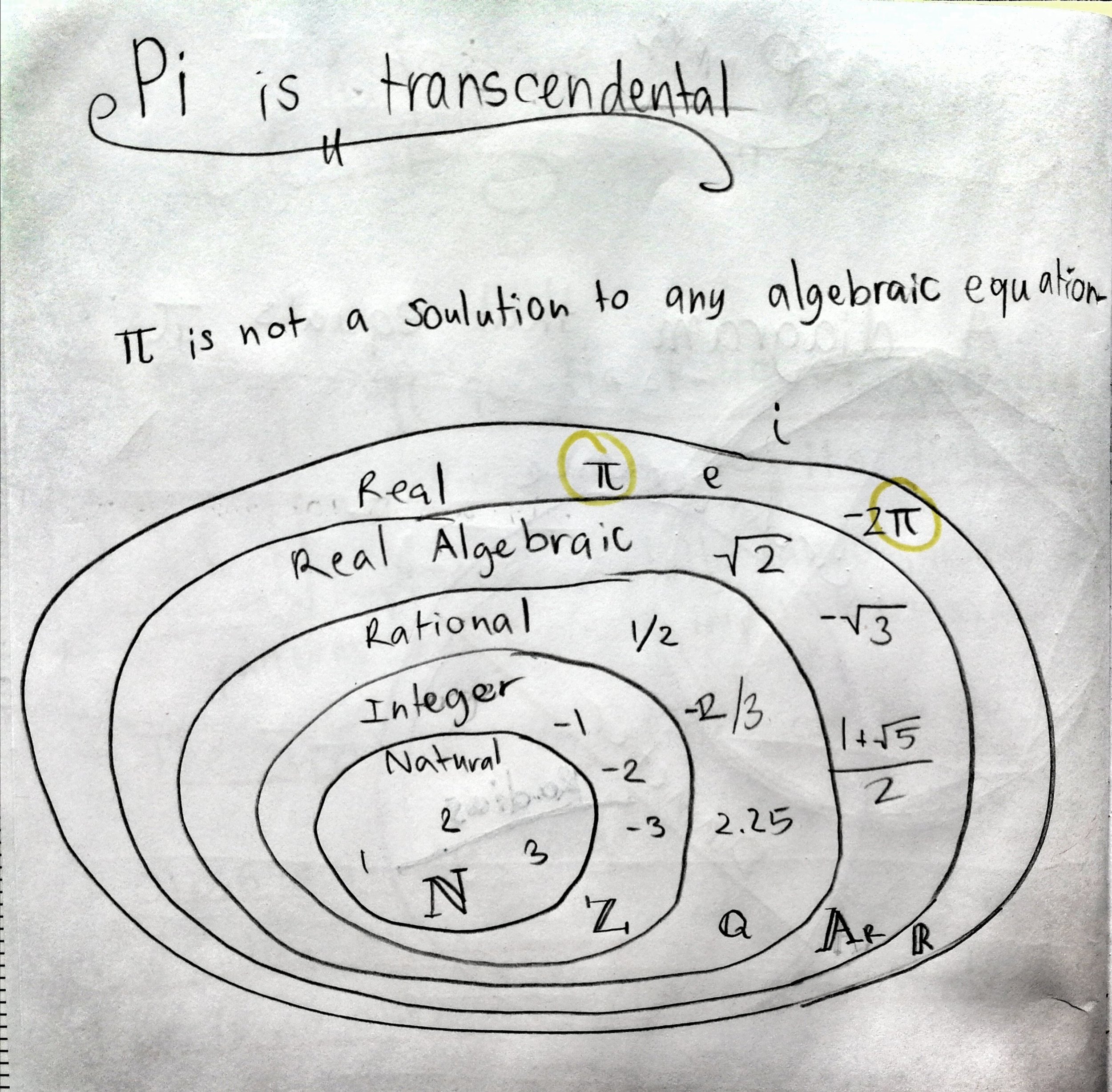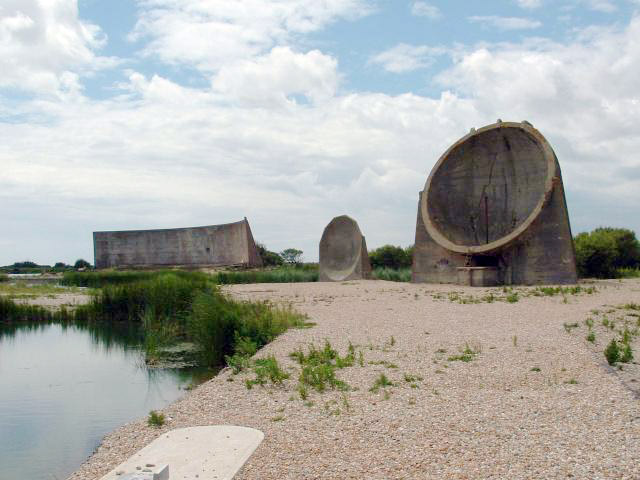Are there benefits to pseudoscience?
/No, of course there aren't.
Unless... unless you're a journalist, perhaps. Then a bit of pseudoscience can provide some much-needed balance — just to be fair! — to the monotonic barrage of boring old scientific consensus. Now you can write stories about flat-earthers, anti-vaxxers, homeopathy, or the benefits of climate change!*
So far, so good. It's fun to pillory the dimwits who think the moon landings were filmed in a studio in Utah, or that humans have had no impact on Earth's climate. The important thing is for the journalist to have a clear and unequivocal opinion about it. If an article doesn't make it clear that the deluded people at the flat-earth convention ("Hey, everyone thought Copernicus was mad!") have formed their opinions in spite of, not because of, the overwhelming evidence before them, then readers might think the journalist — and the publisher — agree with them.
In other words, if you report on hogwash, then you had better say that it's hogwash, or you end up looking like one of the washers of the hog.
Fake geoscience?
AAPG found this out recently, when the August issue of its Explorer magazine published an article by Ken Milam called Are there benefits to climate change? Ken was reporting on a talk by AAPG member Greg Wrightstone at URTeC in July. Greg wrote a book called Inconvenient Facts: The Science That Al Gore Doesn't Want You To Know. The gist: no need to be concerned about carbon dioxide because, "The U.S. Navy’s submarines often exceed 8,000 ppm (20 times current levels) and there is no danger to our sailors" — surely some of the least watertight reasoning I've ever encountered. Greg's basic idea is that, since the earth has been warmer before, with higher levels of CO2, there's nothing to worry about today (those Cretaceous conurbations and Silurian civilizations had no trouble adapting!) So he thinks, "the correct policy to address climate change is to have the courage to do nothing".
So far, so good. Except that Ken — in reporting 'just the facts' — didn't mention that Greg's talk was full of half-truths and inaccuracies and that few earth scientists agree with him. He forgot to remark upon the real news story: how worrying it is that URTeC 2018 put on a breakfast promoting Greg and his marginal views. He omitted to point out that this industry needs to grow up and face the future with reponsibility, supporting society with sound geoscience.
So it looked a bit like Explorer and AAPG were contributing to the washing of this particular hog.
Discussion
As you might expect, there was some discussion about the article — both on aapg.org and on Twitter (and probably elsewhere). For example, Mark Tingay (University of Adelaide) called AAPG and SPE out:
So did Brian Romans (Virginia Tech):
And there was further discussion (sort of) involving Greg Wrightstone himself. Trawl through Mark Tingay's timeline, especially his systematic dismantling of Greg's 'evidence', if your curiosity gets the better of you.
Response
Of course AAPG noticed the commotion. The September issue of Explorer contains two statements from AAPG staff. David Curtiss, AAPG Executive Director, said this in his column:
Milam was assigned to report on an invited presentation by Greg Wrightstone, a past president of AAPG’s Eastern Section, based on a recently self-published book on climate change, at the Unconventional Resources Technology Conference in July. Here was an AAPG Member and past section officer speaking about climate change – an issue of interest to many of our members, who had been invited by a group of his geoscience and engineering peers to present at a topical breakfast – not a technical session – at a major conference.
This sounds fine, on the face of it, but details matter. A glance at the book in question should have been enough to indicate that the content of the talk could only have been presented in a non-technical session, with a side of hash browns.
Anyway, David does go on to point out the tension between the petroleum industry's activities and society's environmental concerns. The tension is real, and AAPG and its members, are in the middle of it. We can contribute scientifically to the conversations that need to happen to resolve that tension. But pushing junk science and polemical bluster is definitely not going to help. I believe that most of the officers and members of AAPG agree.
The editor of Explorer, Brian Ervin, had this to say:
For the record, none of our coverage of any issue or any given perspective on an issue should be taken as an endorsement — explicit or implicit — of that perspective. Also, the EXPLORER is — quite emphatically — not a scientific journal. Our content is not peer-reviewed. [...] No, the EXPLORER exists for an entirely different purpose. We provide news about Earth science, the industry and the Association, so our mission is different and unrelated to that of a scientific publication.
He goes on to say that he knew that Wrightstone's views are not popular and that it would provoke some reaction, but wanted to present it impartially and "give [readers] the opportunity to evaluate his position for themselves".
I just hope Explorer doesn't start doing this with too many other marginal opinions.
I'd have preferred to see AAPG back-pedal a bit more energetically. Publishing this article was a mistake. AAPG needs to think about the purpose, and influence, of its reporting, as well as its stance on climate change (which, according to David Curtiss, hasn't been discussed substantially in more than 10 years). This isn't about pushing agendas, any more than talking about the moon landings is about pushing agendas. It's about being a modern scientific association with high aspirations for itself, its members, and society.





























 Except where noted, this content is licensed
Except where noted, this content is licensed